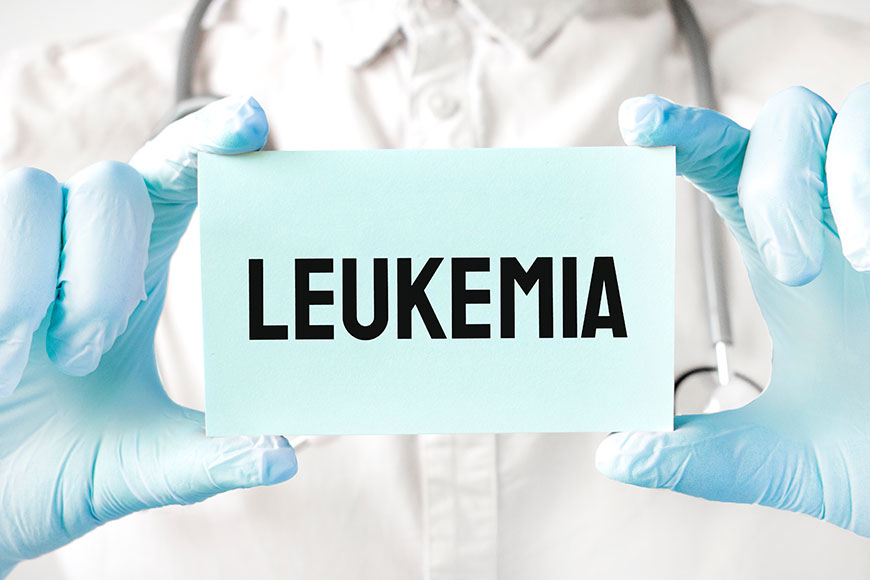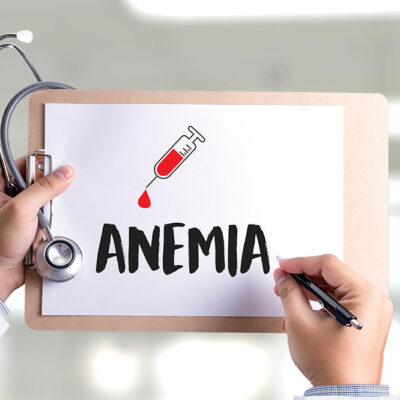
Leukemia – Causes, warning signs, and management
Leukemia is a form of cancer affecting the lymphatic system and the bone marrow – the tissue responsible for producing red blood cells, white blood cells, and platelets that support and promote immunity. Leukemia starts in the bone marrow and can quickly spread to other organs. Cancer compromises immunity, making it hard for the body to fight infections. Here’s a brief overview of leukemia, its causes, warning signs, and how to manage it.
Risk factors and causes
Leukemia develops slowly and progresses gradually, triggered by several risk factors.
- Repeated exposure to high levels of ionizing radiation during radiation therapy for treating other underlying health conditions
- Chemotherapy
- Exposure to strong petrochemical fumes
- The risk is higher for people who have immediate relatives with leukemia.
- Down syndrome is also a significant factor that increases the chances of leukemia.
- Many unhealthy lifestyle choices and habits also increase the risk of blood cancers.
Signs and symptoms
There are five primary types of leukemia, so the signs and symptoms will vary depending on the type, severity, and stage of the condition. Common overlapping symptoms, however, include the following-
Nosebleeds
Nosebleeds happen when the blood vessels in the nasal cavity burst and result in an overflow. Persistent nosebleeds are a sign of underlying leukemia.
Frequent infections
The blood disorder also compromises the body’s immune system making a person vulnerable to frequent infections that persist. One might also develop flu-like symptoms like night sweats and chills.
Fever, fatigue, and weakness
Developing fevers with chills frequently, experiencing fatigue without doing any strenuous activity, and struggling to perform routine tasks due to weakness are all signs of developing blood disorders.
Red spots on the skin
Commonly referred to as petechiae, these tiny red spots develop under the membrane of the skin, indicating internal bleeding. Easily bruising or bleeding with the smallest of injuries is also a sign of developing blood disorder.
Other symptoms
Bone pain, swollen lymph nodes, enlarged spleen, and muscle cramps are all common indicators of this disorder.
Management
Once the type of leukemia and its stage is confirmed, health experts will suggest a combination of therapies to prevent cell damage.
Prescriptions
Doctors will suggest a combination of prescription treatments depending on the type, stage, and severity of the cancer.
Therapies
Chemotherapy involves the use of chemicals to destroy cancerous cells. Radiation therapy uses high-energy beams to eliminate cancer-causing cells or prevent their growth. Targeted therapy and CAR-T cell therapy are modifications done to genes in the body to fight mutation and prevent cancer from spreading.
Stem cell transplant
Stem cells taken from eligible donors are transplanted into the affected person’s bone marrow to replace the cancerous cells.
Besides these treatments, healthcare professionals will also suggest a combination of palliative care treatments to improve outlook and cope with the therapy. Note that the outlook for managing leukemia will vary from patient to patient. For example, some people can achieve a state of remission where the cancer stops spreading rapidly. However, others might require aggressive treatment to manage even the early stages depending on the type of leukemia.


